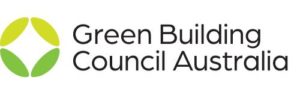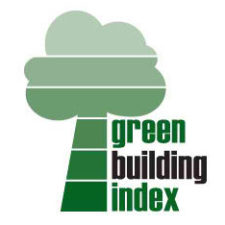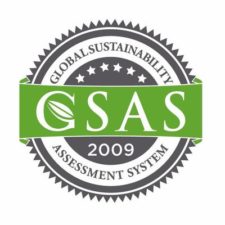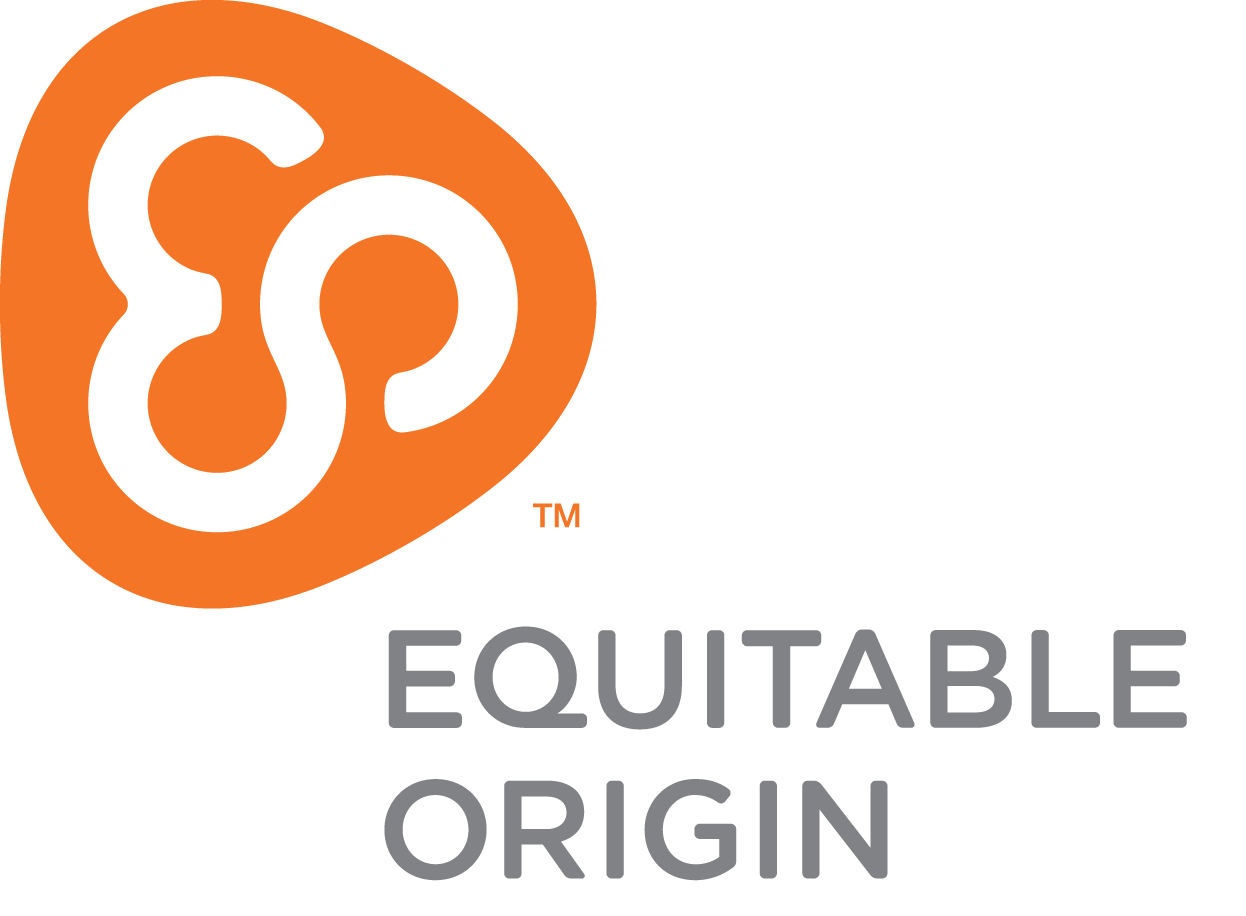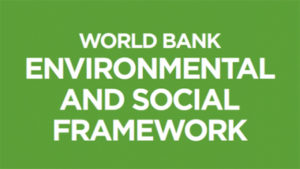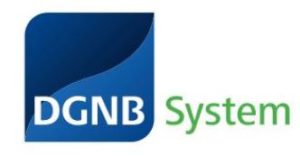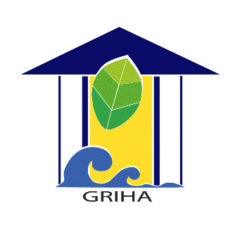
The Green Rating for Integrated Habitat Assessment (GRIHA) is India’s national framework for the assessment of environmental impacts of built environments with an individual version applying to large developments (>50Ha) (GRIHA-LD) and one for Cities. For both versions, the net impact of built environments on quantitative and qualitative parameters is totaled and compared against a rating table, resulting in a sustainability certification. Thereby, the tool aims to support the reduction of detrimental impacts of built environments on ecological cycles and surroundings.
Lifecycle Phase(s): Strategic PlanningPublic authorities identify the needs and long-term vision for infrastructure development., Project PlanningGeneral strategy for a project’s delivery is developed., Concept DesignTechnical experts broadly outline the project’s basic characteristics., Detailed DesignTechnical experts further elaborate the Concept Design., ConstructionThe asset is constructed in line with design, budget and timeline., Operation and MaintenanceInfrastructure assets are managed and maintained during their use time.
Type(s) of Tool: Rating SystemsProvide quantifiable sustainability ratings and / or certification for projects or assets.

